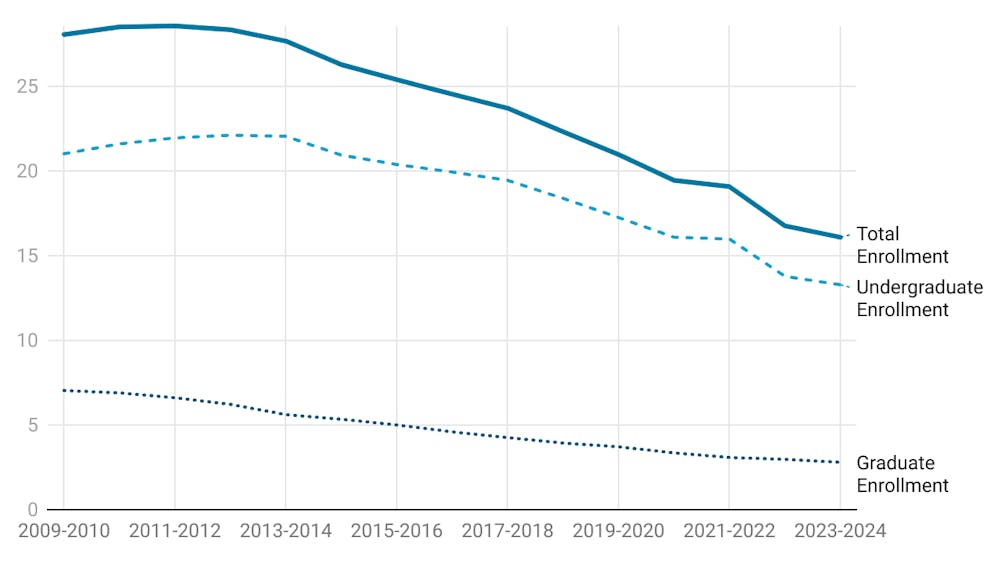How far did your dinner travel? In the United States food travels, on average, between 1,500 and 2,000 miles from farm to table, according to WorldWatch Institute. This number is 25 percent higher than it was in 1980, conjuring up thoughts of fuel used for transport as well as questions of freshness and quality of produce that might have visited more states than you have in your entire life.
General tips for ensuring the safety and quality of your food circle around being informed about its source. Most prepackaged foods are loaded with chemical preservatives, sweeteners, coloring and flavorings. The harmful effects of these substances, such as aspartame and high fructose corn syrup, are more and more evident as obesity, diabetes and other diseases are on the rise.
Overall, my favorite rule is to eat a rainbow of fruits, vegetables, grains and proteins each day.
Think about a filling breakfast of oats or cereal topped with dried fruit, healthy snacks throughout the day of nuts, apples, or peanut butter and jelly, then try to eat from a different group for lunch.
Perhaps a salad (not just for rabbits), but loaded with a variety of vegetables, beans, cheese, nuts and fruit for a delicious and satisfying meal.
Meatless Mondays, a trend that seems to be gaining steam, comes from a concern about the high carbon footprint of beef and other animals, as well as health risks such as possible dangers of growth hormones used to manipulate and maximize the amount of meat possible to harvest.
Some genetically modified species of chickens have such huge breasts they cannot stand upright. These animals are raised in Concentrated Animal Feed Operations, or factory farms, which generate large amounts of waste and energy. An article in Scientific American calculates the meat from just half of a pound of hamburger releases as much greenhouse gases into the atmosphere as a 3,000-pound car driven 10 miles.
The good news is local food, even in Michigan, can be fresh and delicious all year round. Thanks to a growing demand for healthy food options remain, though limited in winter months, all year round.
Locavorius, run by Rena Basch, was founded out of a desire for fresh fruit and vegetables year round. Learning to can and preserve your own harvest is an important skill, but it takes time and investment.
As a member, each month from November to February, I get a booklet of recipes and frozen preserved fruits and vegetables.
Last month, it was still summer in my kitchen as I cooked with raspberries, blueberries, corn, green beans, cauliflower, tomatoes and peaches!
Prepared food programs are also on the rise. Harvest Kitchen based in Ann Arbor offers soups, entrees and sides and works with your needs to create a custom menu. Whether you’re a vegetarian, omnivore, or vegan they can help you and your family eat healthy when time is short.
The most exciting opportunity is called Community Supported Agriculture. This program is the basis for many new farmers because it works through a sort of sponsorship program. Share members pay the farm at the beginning of the season, and that finances growth through the harvest.
Each member gets a box every week full of fresh produce, as well as herbs and flowers and sometimes even honey. As mentioned, demand is high, so some popular farms sell out shares even before the last frost. Check out www.localharvest.org/csa to find delivery and pick-up options near you.
If the commitment of a CSA seasonal share is too much for new vegetable lovers, get to know your local farmers market or food co-operative.
Buying locally grown in-season food is not only better for your family’s health, it is better for the economy and the environment.
Remember just because it’s certified organic, that doesn’t mean it hasn’t travelled thousands of miles to get to the store. Eating in season can reduce your impact and save you money.
Preservation, canning and home cooking are skills that must be relearned. Here in southeast Michigan, self-sustenance and low-energy lifestyles are supported by programs in many communities. Informing and engaging yourself, friends and families is a great and healthy lifestyle choice.









